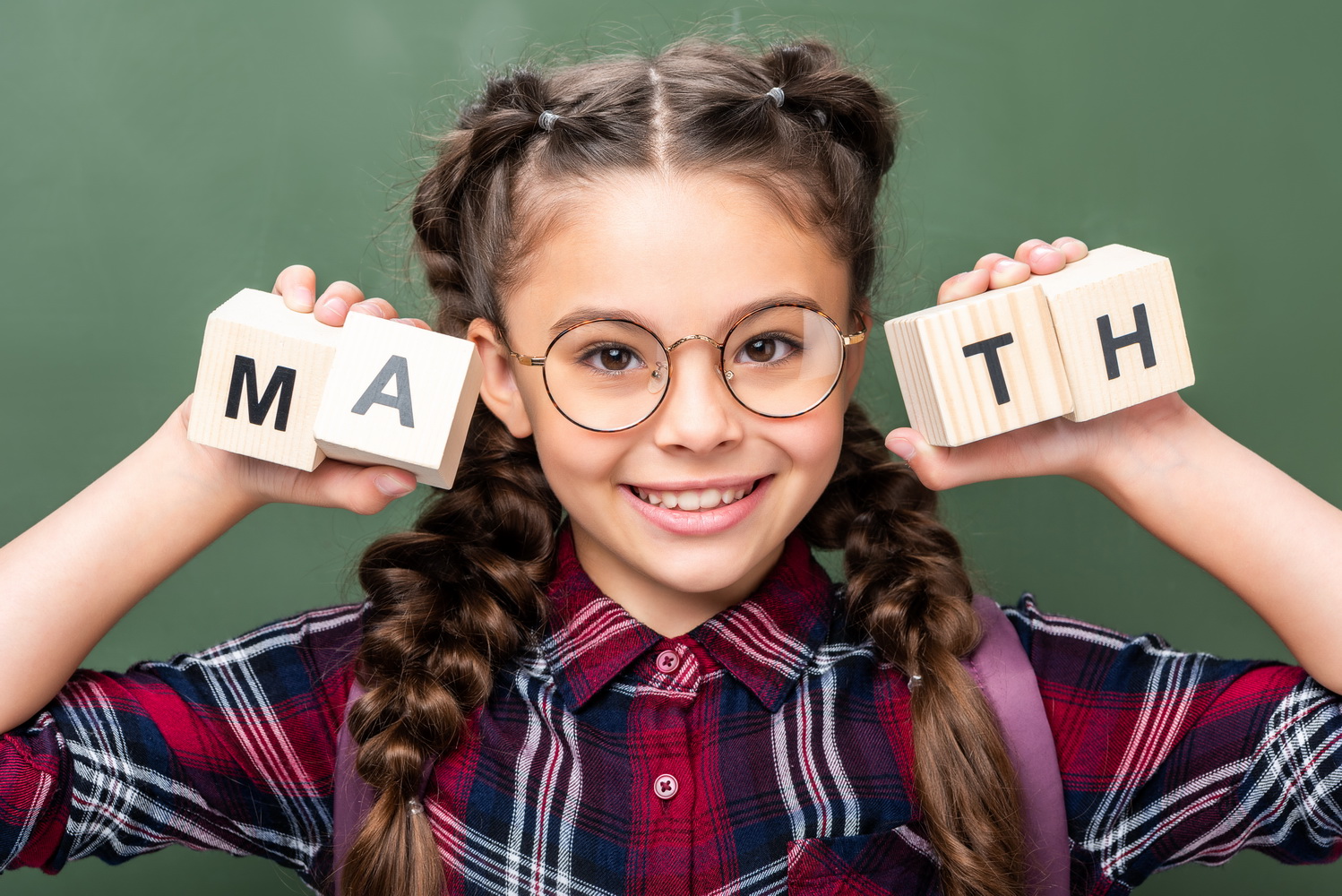Visual perception Geometry Worksheets for Ages 4-8
5 filtered results
-
From - To
Discover our engaging Visual Perception Geometry Worksheets designed for children ages 4 to 8! These interactive resources enhance young learners' understanding of shapes, spatial awareness, and visual discrimination. With fun activities such as shape sorting, pattern recognition, and problem-solving challenges, children will develop essential math skills while enjoying hands-on learning. Our worksheets are tailored to meet the developmental needs of early learners, fostering both creativity and cognitive growth. Ideal for both home and classroom use, these worksheets make geometry enjoyable and accessible. Ignite your child's passion for math today with our thoughtfully crafted visual perception resources!
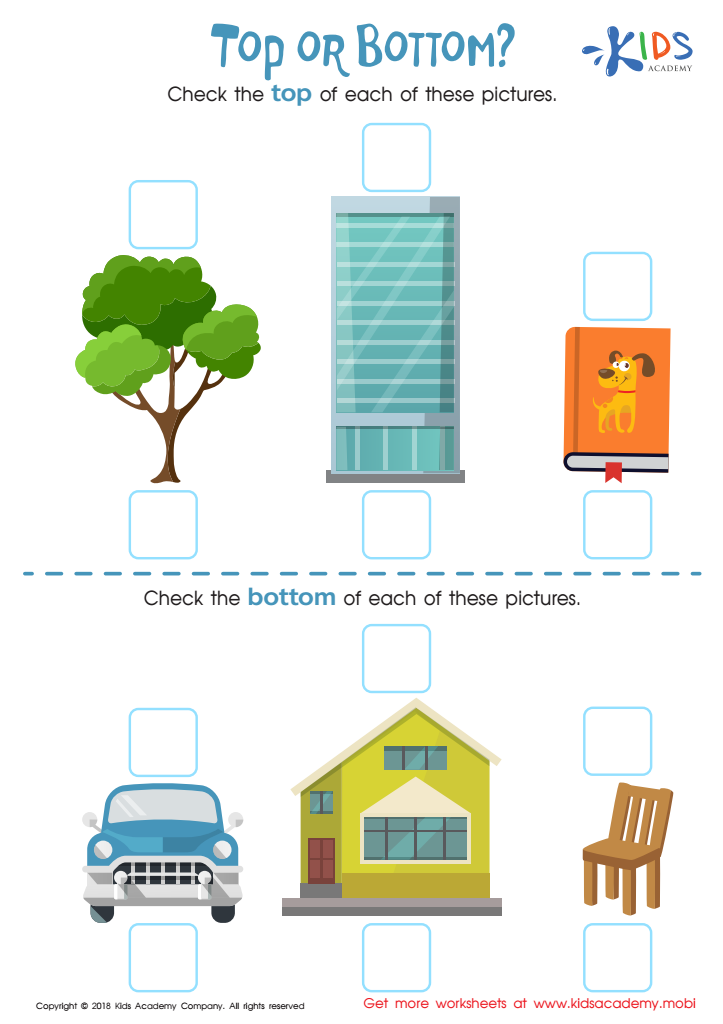

Top or Bottom Worksheet
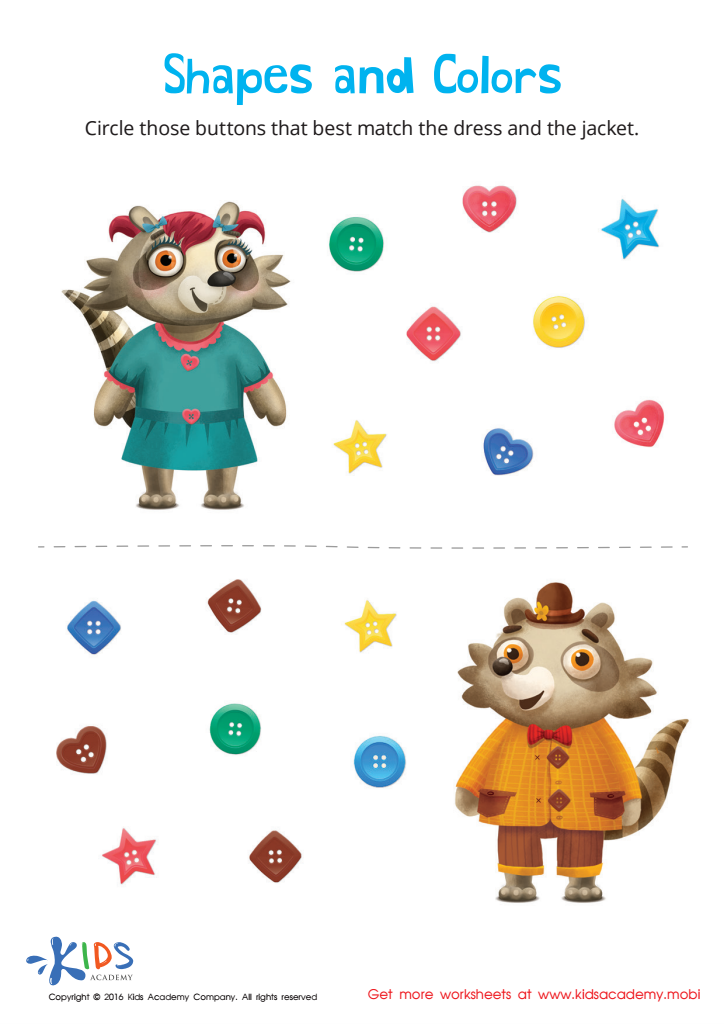

Matching: Shapes and Colors Worksheet


Preschool Geometry Match Up Worksheet
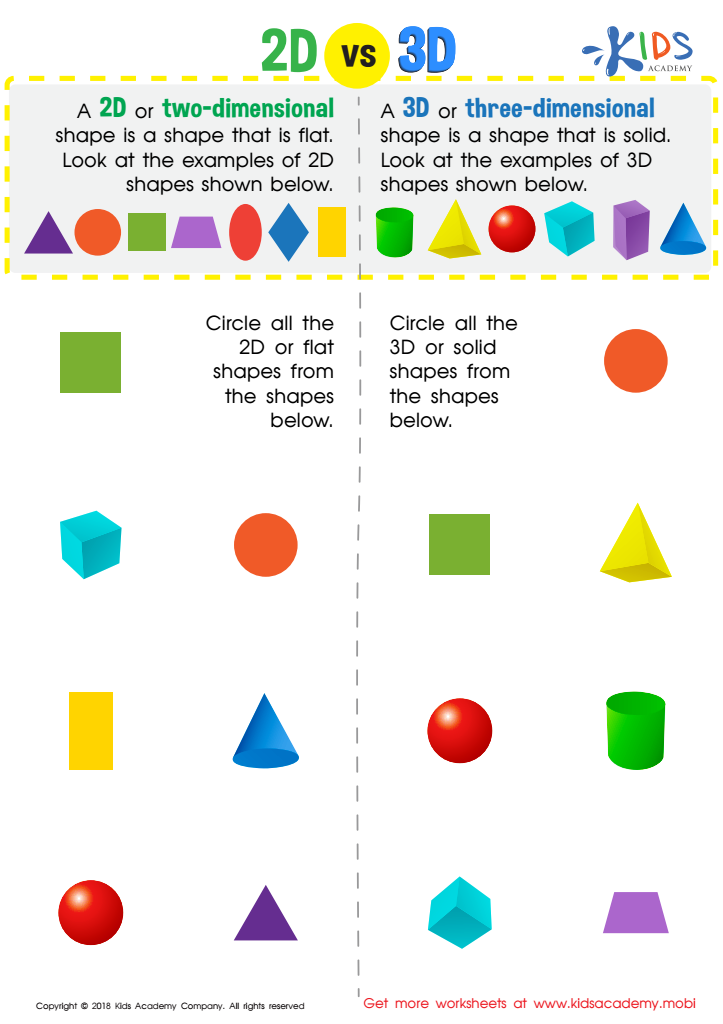

2D vs 3D Shapes Worksheet
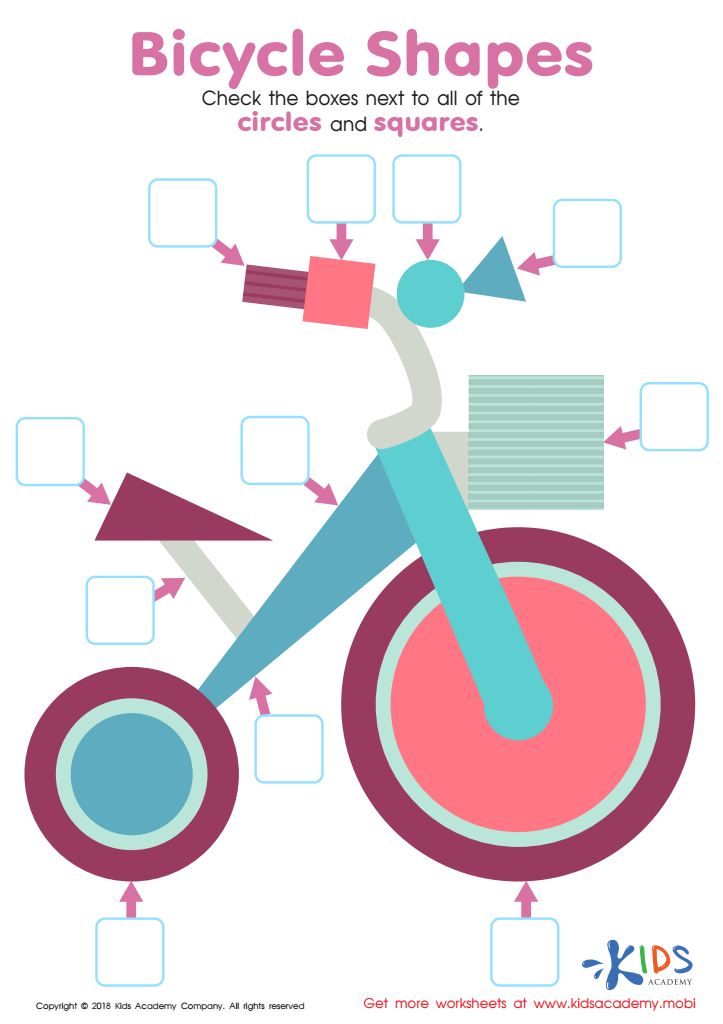

Bicycle Shapes Worksheet
Visual perception and geometry are crucial for children aged 4 to 8 as they lay the foundation for future learning in mathematics and beyond. At this age, children are naturally curious and eager to explore their environment, and developing strong visual perception skills helps them understand spatial relations, shapes, and patterns. Mastering these skills facilitates problem-solving and critical thinking, essential for overall cognitive development.
For parents and teachers, prioritizing visual perception geometry allows children to make connections between abstract concepts and the real world. By engaging with shapes and their properties, children learn to categorize objects, develop hand-eye coordination, and serve as the building blocks for more complex mathematical operations.
Moreover, these skills enhance creativity and reasoning. Young learners can recognize and create patterns in art and everyday life, stimulating imaginative play and exploration. Visual perception is also vital for reading and writing readiness, as it aids in letter recognition and spatial organization on the page.
Incorporating activities that promote visual perception geometry—such as puzzles, building blocks, and interactive games—can not only make learning enjoyable but also cultivate foundational skills essential for academic success and lifelong learning. Thus, fostering these abilities in young children is an investment in their future potential.
 Assign to My Students
Assign to My Students















